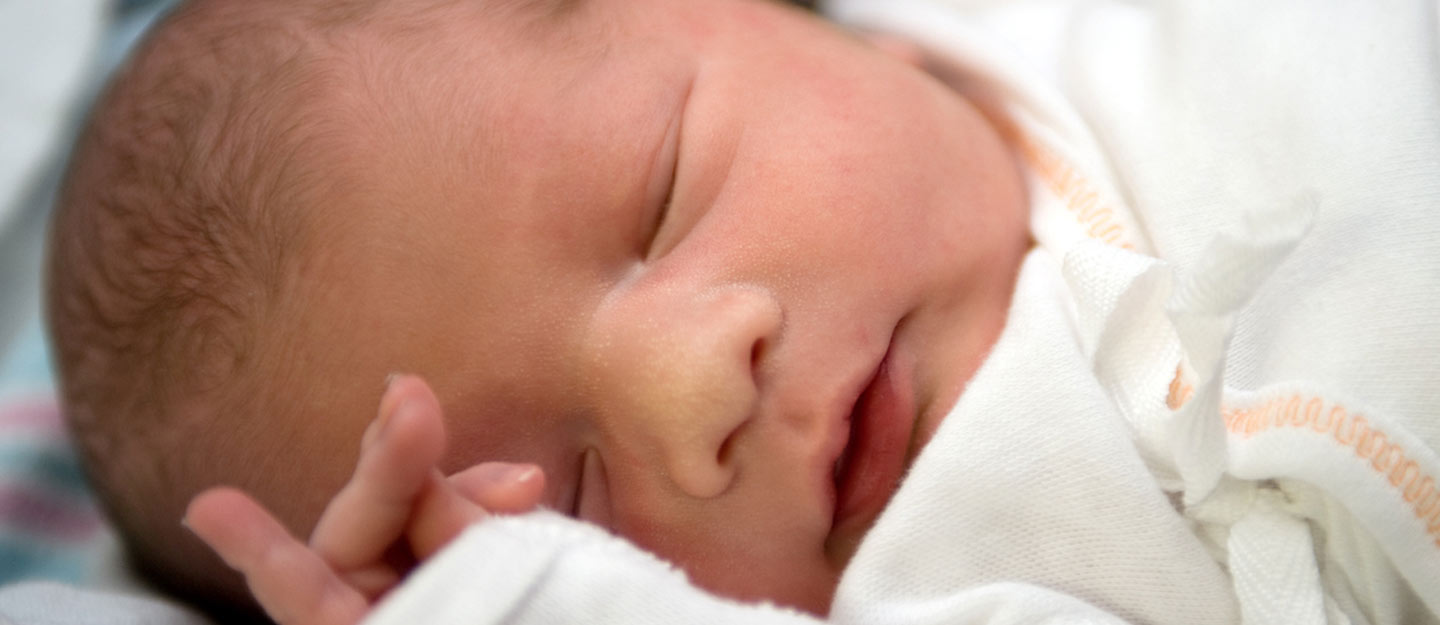The decision whether or not to circumcise your infant son is one of the most personal decisions involving the care of your baby. Circumcision is when the foreskin attached to the tip of the penis is surgically removed, usually within the first few weeks after delivery. Most health care providers take no firm stance for or against circumcision, and leave the decision to the parents based on personal, cultural or religious beliefs.
While both choices are considered safe and accepted, the decision may have some health impacts. The American Academy of Pediatrics states that the benefits outweigh the risks when circumcising but does not view the procedure as a necessity for the health of a newborn. The benefits of circumcision include a lower risk of contracting sexually transmitted or urinary tract infections later in life. Circumcision also lowers the risk of penile cancer, though the condition is extremely rare.
During circumcision, a local anesthetic is used to minimize pain, however babies will feel some pain during this surgical procedure. Circumcision should only be performed by an experienced health care provider and generally only takes a few minutes. After the procedure, a clean bandage or dressing used with petroleum jelly to prevent sticking can be used to protect the penis as it heals, though this is not a requirement. The most important thing is to keep the area clean. If using a bandage or dressing, it should be changed when a diaper change is needed. As the area heals, it will appear red with a yellowish discharge, which is normal, and will generally heal within about a week.
In the days following the procedure, parents will want to make sure it is healing properly. If the area remains red, develops crusty sores, or looks swollen with a cloudy discharge, there may be an infection. Another possible complication of circumcision is the chance of penile adhesion, which is when the skin of the shaft sticks to the glans, the tip of the penis. If you notice any of these symptoms, call your child’s health care provider. After the area heals, no other special care is needed.
If choosing not to circumcise, the foreskin will remain attached to the glans – the outermost tip of the penis – and should never be forcibly pulled back. The skin will loosen naturally, usually occurring by age 18.
Cleaning the penis, whether circumcised or not, is as simple as using gentle soap and water.





